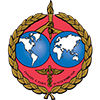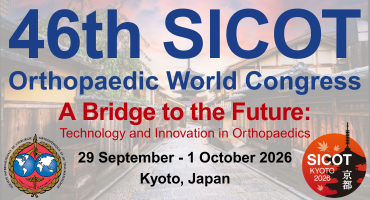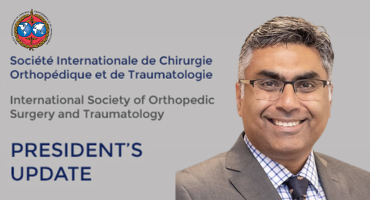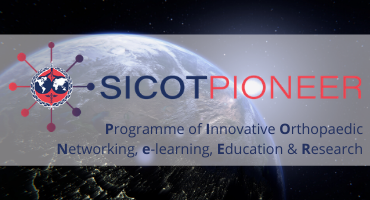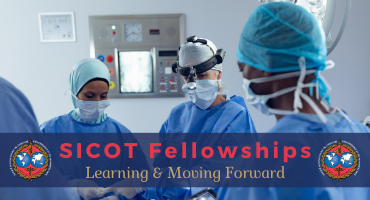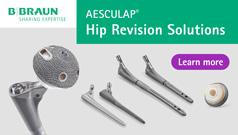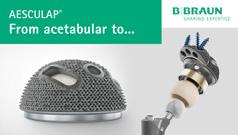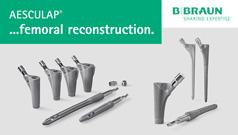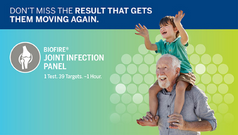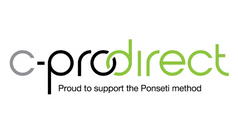J Bone Joint Surg Am. 2025 Sep 9. doi: 10.2106/JBJS.24.01584. Online ahead of print.
ABSTRACT
BACKGROUND: Several studies have investigated the risk of complex regional pain syndrome (CRPS) and its prevention with vitamin C. However, evidence regarding the effectiveness of vitamin C for prevention of CRPS development or recurrence after total knee arthroplasty (TKA) is lacking.
METHODS: This retrospective single-center observational cohort study, which utilized propensity-score matching (PSM), was conducted from January 2017 to December 2021. It initially included 1,088 TKAs, 49 of which were in patients who had a previous CRPS. After exclusion of 50 TKAs, the study included 467 TKAs (45%) in patients who received vitamin C prophylaxis (1 g daily for 40 days) after surgery and 571 (55%) in patients who did not. After 1:1 matching on the basis of sex, age, body mass index, presence of diabetes mellitus and hypertension, use of tobacco and alcohol, anesthesia modality, tourniquet use, and anxiety and depression, the vitamin C group and the no-vitamin C group comprised 480 patients each. Twenty-eight of these 960 patients had a history of CRPS.
RESULTS: In the PSM population, 6.9% (33) of the 480 patients who received vitamin C prophylaxis after TKA developed CRPS compared with 11.0% (53) of the 480 who did not receive vitamin C (odds ratio [OR] = 0.59 [95% confidence interval (CI), 0.37 to 0.9], p = 0.024). The rate of CRPS was significantly higher in patients with a history of CRPS (32% versus 8% for patients with no previous CRPS; OR = 5.4 [95% CI, 2.57 to 11.4], p < 0.001). In the 28 patients with a history of CRPS, vitamin C prophylaxis reduced the rate of CRPS recurrence after TKA to 19% (4 of 21) compared with 71% (5 of 7) in the patients not treated with vitamin C (OR = 0.09 [95% CI, 0.01 to 0.64], p = 0.02). In multivariable regression of the matched patients, vitamin C was also found to be independently associated with a lower rate of CRPS recurrence after TKA (OR = 0.53 [95% CI, 0.3 to 0.86], p = 0.011).
CONCLUSIONS: Vitamin C prophylaxis may be appropriate for preventing CRPS after TKA. Furthermore, the study highlights the beneficial role of vitamin C in reducing the rate of CRPS recurrence in patients with a history of CRPS who are undergoing TKA.
LEVEL OF EVIDENCE: Therapeutic Level III. See Instructions for Authors for a complete description of levels of evidence.
PMID:40924823 | DOI:10.2106/JBJS.24.01584
